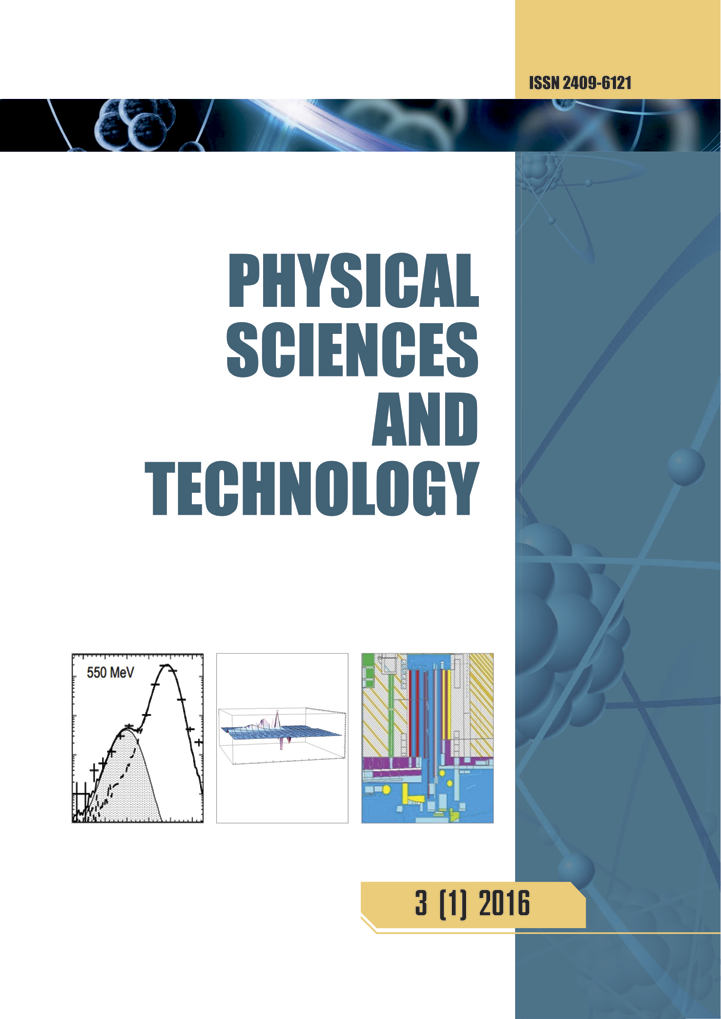Effect of Ca dopant concentration on the change in properties of ZrO2 ceramics
DOI:
https://doi.org/10.26577/phst2024v11i2b04Abstract
The work is devoted to the study of effects associated with polymorphic transformations in ZrO2 ceramics stabilized by 0.1 M CaCO3, with variations in the temperature of thermal annealing. Interest in this topic of research is due to the possibilities of determining the kinetics of structural changes caused by the addition of a stabilizing dopant, alongside thermal action, the change of which causes the initialization of the polymorphic transformation processes characteristic of ZrO2 ceramics. According to the conducted studies, it was determined that the addition of 0.1 M CaCO3 at annealing temperatures of 1000 – 1100 °C results in initialization of polymorphic transformation processes of the type m – ZrO2 → t – ZrO2, however, complete transformation is not observed, which in turn makes it possible to obtain two-phase ceramics. The annealing temperature growth to 1200 °C and above results in formation of a cubic Zr(Ca)O2 phase, with t – ZrO2 impurity inclusions, the presence of which leads to the dislocation hardening effect formation due to the filling of the intergranular space with finely dispersed particles and the buffer zone formation. The results of the analysis of the structural parameters of the studied ceramics demonstrated that the annealing temperature elevation leads to the emergence of substitution effect, manifesting itself in the form of the Zr(Ca)O2 phase formation, the crystal lattice parameters of which indicate that part of the zirconium ions are substituted by calcium ions in octo- and tetrahedral positions.




